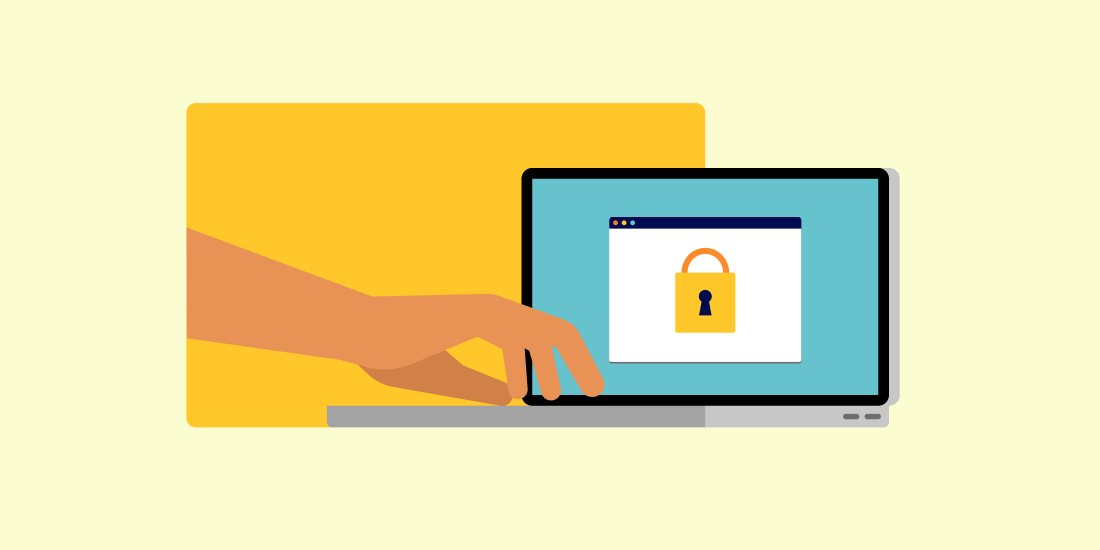How we keep your Betterment account and investments safe
So you can invest with peace of mind

All investing comes with some risk. But that risk should be based on the market, not your broker. That’s why we safeguard both your Betterment account and your investments with multiple security measures, all so you can log in and invest or save with peace of mind. Here’s a sampling.
Four ways we keep your Betterment account safe
Two-factor authentication
Two-factor authentication (2FA) adds an extra layer of security to your account, like an extra lock on a door. Besides your regular password, 2FA requires a second form of verification such as a code texted to your phone (good) or one served up by an authenticator app like Google Authenticator (even more secure). This helps ensure that even if someone manages to get hold of your Betterment password, they still can't access your account without a second form of verification.
Encryption
Every time you interact with us, whether on our website or our app, your data is protected by encrypted connections. This means that the information transmitted between your device and our servers is scrambled in a way that only we can understand.
Password hashing
When you create a password for your Betterment account, it's not stored in plain text. Instead, we use a process called hashing, which converts your password into a unique string of characters. This way, even if our systems were breached, your actual password would remain unknown and unusable by unauthorized parties.
App passwords
Connecting third-party apps to your Betterment account (or vice versa) unlocks several benefits. You can easily track your net worth on Betterment, for example. Or quickly import your Betterment tax forms to certain tax prep software.
When a third-party app asks for your Betterment credentials, instead of using your regular login, we ask you to create a password specifically for that app. In the scenario the third-party app’s connection is compromised, you can easily revoke its read-only access to your Betterment account.
Note that some apps may use the OAuth standard, which lets you use your regular login while maintaining a similar level of security as an app password. TurboTax is one such example.
Four ways we keep your investments safe
Easy verification of holdings
Transparency is one of our key principles, so we make it easy to verify everything is in its right place. We not only show each trade made on your behalf and the precise number of shares in which you’re invested, we also list each fractional share sold and the respective gross proceeds and cost basis for each. You can find all this information in the Holdings and Activity tabs for each of your goals.
Independent oversight
We regularly undergo review by independent auditors. This means auditors reconcile every share and every dollar we say we have against our actual holdings. They also spot check random customer accounts and verify that account statements match our internal records. And they ask questions if anything is even a penny off.
No commingling of funds
Your funds are kept separate from Betterment’s operational funds. This means that your investments are held in your name and are never mixed with our company finances. In the unlikely event we face financial difficulties, your assets remain secure and untouched.
SIPC insurance
To add another layer of protection, your Betterment securities are insured by the Securities Investor Protection Corporation (SIPC). This insurance covers up to $500,000 per customer, including a $250,000 limit for cash claims. While SIPC doesn’t protect against market losses, it does provide a safety net in case of a brokerage failure. An explanatory brochure is available upon request or at sipc.org.
How you can help
Be on the lookout for suspicious phone calls, texts, and emails (odd-looking URLs, typo-riddled messages, etc.) and know that Betterment will never ask you for your password or 2FA code except when logging in or editing your personal information in the app. Use a strong, unique password for your account.
If you receive any unexpected or suspicious communications or have questions, please email fraud@betterment.com.

